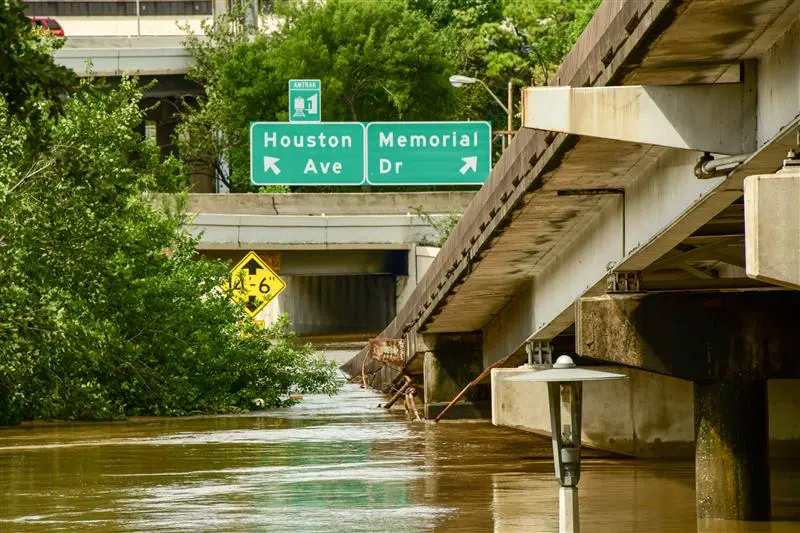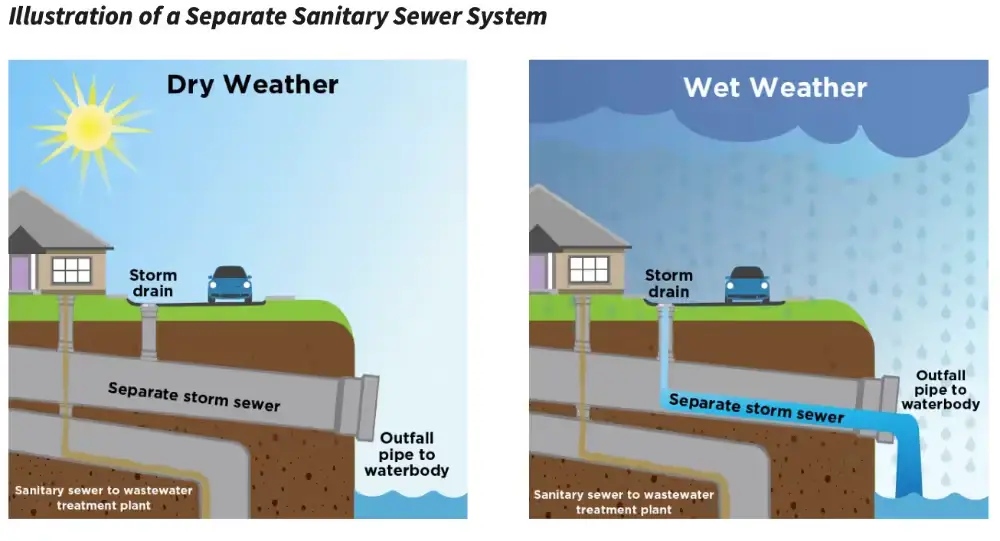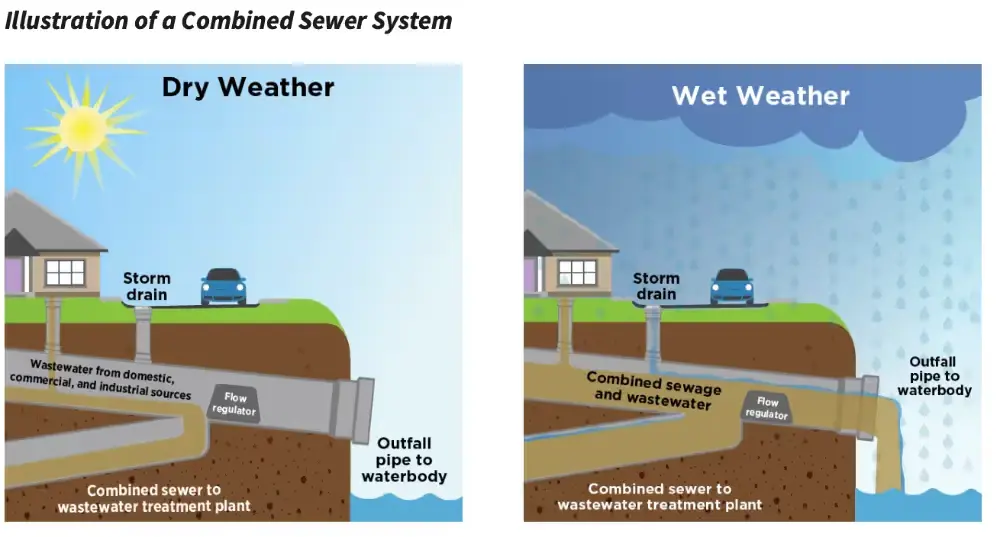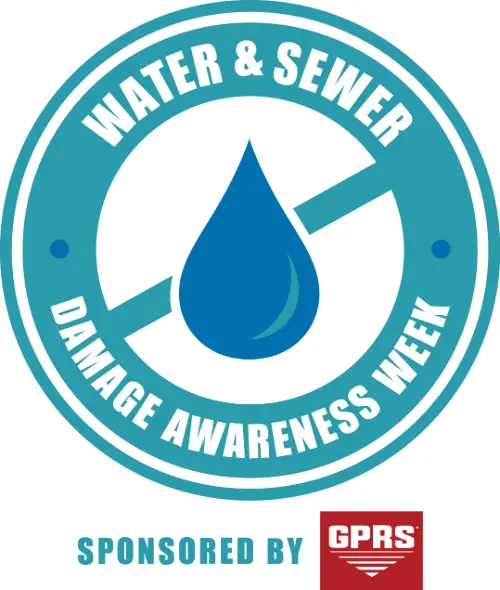A $700 million program designed to protect New York City’s subway system from flash flooding reportedly depends on a $30 billion, multi-decade plan to upgrade the Big Apple’s aging sewer network.
According to a recent Engineering News-Record article, the Metropolitan Transportation Authority is moving forward with its $700 million program to fortify NYC’s subway system against flash flooding. This comes on the heels of a storm earlier this summer that dropped 2.1 inches of rain just one hour, overwhelming the city’s combined sewer system and flooding the subway tunnels.
According to ENR, crews pumped more than 15 million gallons overnight to restore service.

“We pump 10 million gallons on a dry day. Yesterday, we pumped like 15 million plus,” MTA Chair and CEO Janno Lieber said in a July 16 interview on local television news station NY1. “We got 2.1 inches in one hour last night. That’s when the big backups happen.”
The Difference Between Combined and Separate Sewer Systems
Most communities across the U.S. rely on separate sanitary sewer systems. In these systems, one set of pipes collects wastewater from homes and businesses and carries it to a wastewater treatment plant through sanitary sewers. While a separate set collects stormwater from drains at the ends of driveways, around parking lots, and along streets and carries it to a local waterway through municipal separate storm sewer systems.

In a combined sewer system, both wastewater and stormwater flow through the same pipes. In dry weather, all wastewater flows to a wastewater treatment plant where it is treated before being discharged to a waterbody. During wet weather, however, stormwater enters the system.

The combined flow of wastewater and stormwater can overwhelm a combined sewer system, which is why permitted outfalls are located throughout the system to act as relief points during wet weather. These outfalls discharge untreated or partially treated stormwater and wastewater into nearby waterbodies. These discharges are called combined sewer overflow (CSO) discharges, and they are a major water pollution and public health concern because they can contain bacteria, debris, and other hazardous substances that can be harmful to people, pets, and wildlife.
Approximately 700 communities across the U.S. currently rely on combined sewer systems and experience combined sewer overflow discharges, according to the U.S. Environmental Protection Agency.
Most of these communities are in the northeast and around the Great Lakes – the source of drinking water for more than 40 million people in the U.S. and Canada, and home for more than 3,500 plant and animal species, some of which are found nowhere else on Earth.
The Clean Water Act (CWA) requires communities with CSOs to put controls in place to address these concerns. But the best way a municipality can mitigate the dangers of CSOs is to overhaul their wastewater infrastructure to separate wastewater and stormwater flow.
Explaining NYC’s Plan to Fortify its Subways – and Upgrade its Sewers
The MTA’s plan to protect New York’s subways from flooding includes raising entrances at flood-prone stations, upgrading nearly 250 pumping stations and reinforcing embankments along Metro-North’s Hudson Line.
Meanwhile, the city’s Dept. of Environmental Protection (DEP) is working to manage stormwater at the street level. The DEP previously unveiled a citywide hydraulic model of its 7,500 miles of sewers, which allows engineers to simulate system performance during extreme weather and prioritize high-risk areas.
DEP estimates that comprehensive sewer upgrades, including larger mains and underground detention systems, could cost up to $30 billion. In an effort to accelerate resiliency, the agency is combining traditional gray infrastructure – traditional stormwater infrastructure in the built environment such as gutters, drains, pipes and retention basins – with green infrastructure – infrastructure such as permeable pavement, rain gardens, bioretention cells (also known as bioswales), vegetative swales, etc. that mimics nature and captures rainwater where it falls.
Nick Nyhan, founder of a grassroots neighborhood resilience effort called The City Sponge, told ENR that distributed solutions are critical alongside larger infrastructure investments.
“Even if you gave DEP $30 billion, they can’t keep up with the water,” Nyhan said. “You need individuals and neighborhoods to adopt small-scale mitigation measures—rain barrels, permeable paving, backflow valves—because the city can’t do it alone.”
“People see a bioswale or rain garden, and it’s beautiful,” Nyhan added. “That matters. Big sewer projects don’t give you that same visible payoff.”
Robert Freudenberg, Vice President for Energy and Environment at New York-based planning nonprofit, the Regional Plan Association, told the publication that coordination between the MTA and DEP, while improved, continues to be hampered by the fact that the two agencies operate under separate capital budgets. The unpredictability of flash flooding adds complexity to planning efforts, and attention is constantly being shifted away from the problem due to the cyclical nature of these events.
“…As soon as those floodwaters disappear, our focus and attention go back to other things,” Freudenberg said.
The State of America’s Stormwater Infrastructure
America’s stormwater infrastructure earned a D+ in the 2025 American Society of Civil Engineers (ASCE) Report Card for America’s Infrastructure.
This represents a modest bump from previous years, but still highlights the fact that these critical systems are largely underfunded, outdated, and increasingly vulnerable to the pressures of climate change and urban growth.
An outdated, defective stormwater system can lead to flash floods, sewer overflows, and water contamination. In its report, the ASCE noted that more than 850 billion gallons of untreated sewage is discharged annually due to combined sewer overflows.

Learn how to better maintain the water and wastewater infrastructure under your care by signing up for a free Water & Sewer Damage Awareness Week (WSDAW) presentation. Each year, GPRS’ safety experts travel across the country to speak with municipalities, engineering firms, facility managers, and property management firms about the best practices they can execute to keep these critical utilities running smoothly.
Click here to sign up for your free WSDAW presentation today!



.svg)